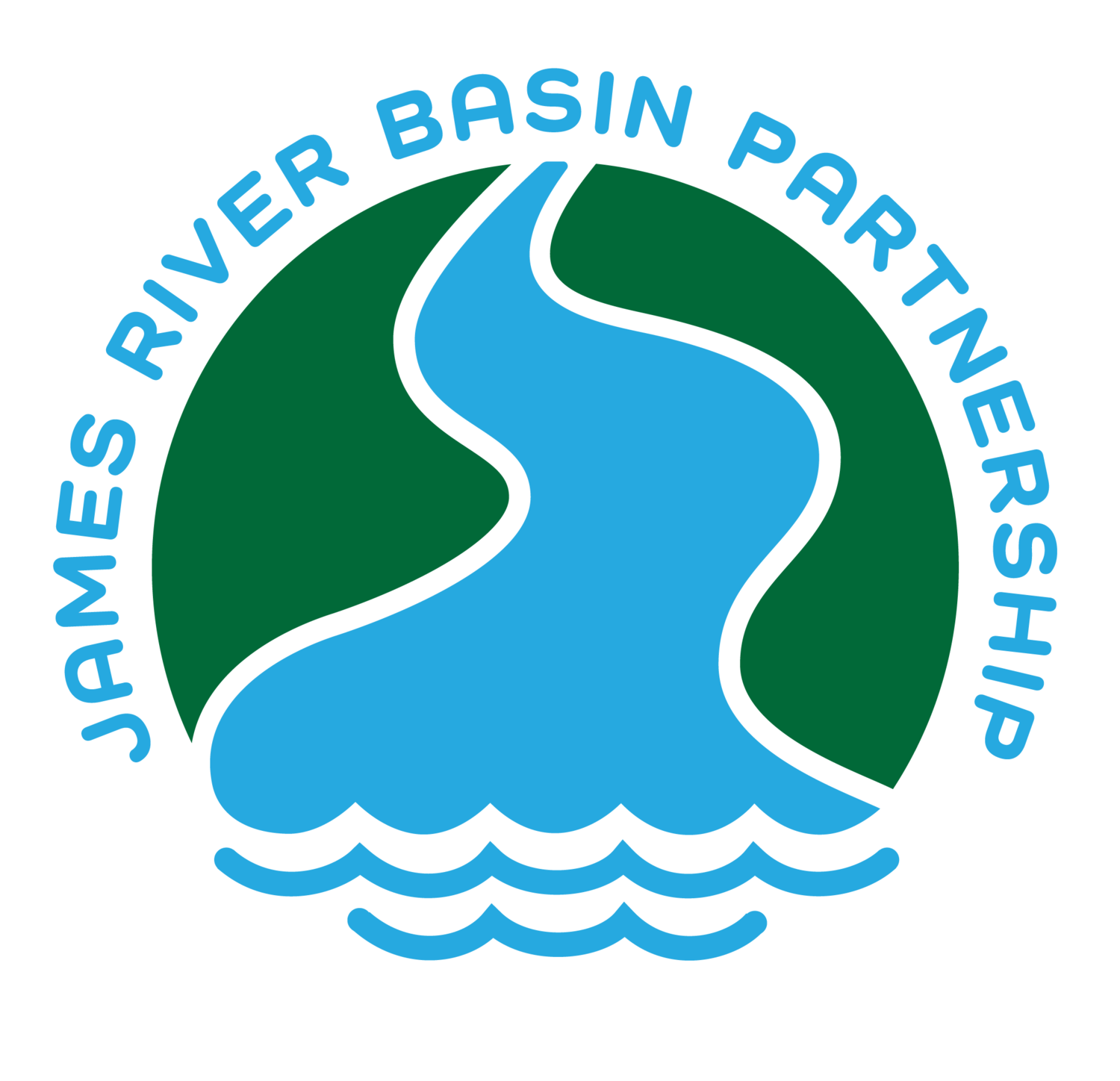So what does the Ghost of Virgin Bluff have to do with the James River Basin Partnership and its mission? The answer can be found in valuing a natural, healthy stream.
Had Standish’s tunnel dam been built, the natural stream flow of the James would have been channelized, or pushed underground as part of the fall or head that would have provided hydroelectric power. As I mentioned last week, it would have also dried up some 35 miles of the James below Virgin Bluff, removing the river’s meanders. Doing so would have meant that the river would have had no direct interaction with the riparian corridor, floodplain or a natural stream bed; all of which are critical for the health of our waters, as well as aquatic and terrestrial wildlife.
In a January 2017 article from Yale 360 entitled A New Way of Understanding What Makes a River Healthy, Jim Robbins, a Montana journalist, discusses a new, complex model for gravel-bed river systems. Robbins’ focus is on the Yellowstone River, the longest undammed river in the Lower 48 states. In August, 2016, non-native parasites sparked a fish kill that ultimately led to the river being closed to fishermen and paddlers until later that year. In response Robbins states that a number of human activities are contributing to the weakening of river’s “immune systems”, which in turn affects the entire ecology of the stream. Channelization and modification to the stream channel, which are used today primarily for flood control, not only change the course of the river, but also unseen currents below. This is where “the magic happens”, according to University of Montana Professor Richard Hauer. Many species, not just fish and other aquatics rely on the biodiversity that a river system creates. Nutrients filtered through rock and sand stimulates the food chain, and disruption of river and ground water interaction causes everything from unhealthy fish to the proliferation of parasites and other invasive species. Even the power of the river’s flow is important – “If you take out the power of the river with a dam,” notes Hauer, “there’s no renewal – the river doesn’t move gravel around…nutrients are not dispersed.”
Two smaller local examples are Jordan Creek and South Creek in Springfield. In the case of the Jordan, residents of Springfield decided after a series of disastrous floods in the 1800s, that the only way to deal with the problem was to “box” the stream up in what city leaders called an “aqueduct”. Even then, the boxing of Jordan didn’t necessarily stop all flooding on Jordan’s (at times) “stormy banks”. Loring Bullard, in his Jordan Creek: the story of an urban stream, notes that: “The engineering triumph of ‘taming the Jordan’, though benefitting downtown businesses, placed much of the stream out of sight and out of mind. Unfortunately, this would make other problems even less visible to those who were not inclined to work.” The Jordan had essentially become a sewer, with its straightened channel and banks filled with all sorts of waste and trash. This caused a number of Springfield residents to call for the Jordan to be “raised” from its box and its banks restored to its former state.
Like the Jordan, a one-mile stretch of South Creek between Campbell Avenue and Kansas Expressway saw a similar channelization in the mid-1980s. In 2015, work began to restore the creek to a more natural condition by taking out the concrete channel and adding plunge pools, riffles, rocks and logs that would be found in a typical Ozarks stream. These simulated natural features allow for the filtering of pollutants and improve water quality, as well as aquatic and terrestrial wildlife habitat. Much like Jordan Creek, Springfield residents also have seen a benefit in restoring the natural beauty of the stream bank along the South Creek Greenway Trail.
“We should be careful not to unduly criticize the views of our predecessors, even if we now consider them to have been ‘unenlightened’,” notes Bullard. While we can look back through the lens of hindsight and see a number of flaws with Standish’s tunnel dam at Virgin Bluff, the story, unlike the river, can be harnessed as an educational tool about the mutually beneficial relationships between a stream and its ecosystem.
We’ll see you downstream.
Todd



